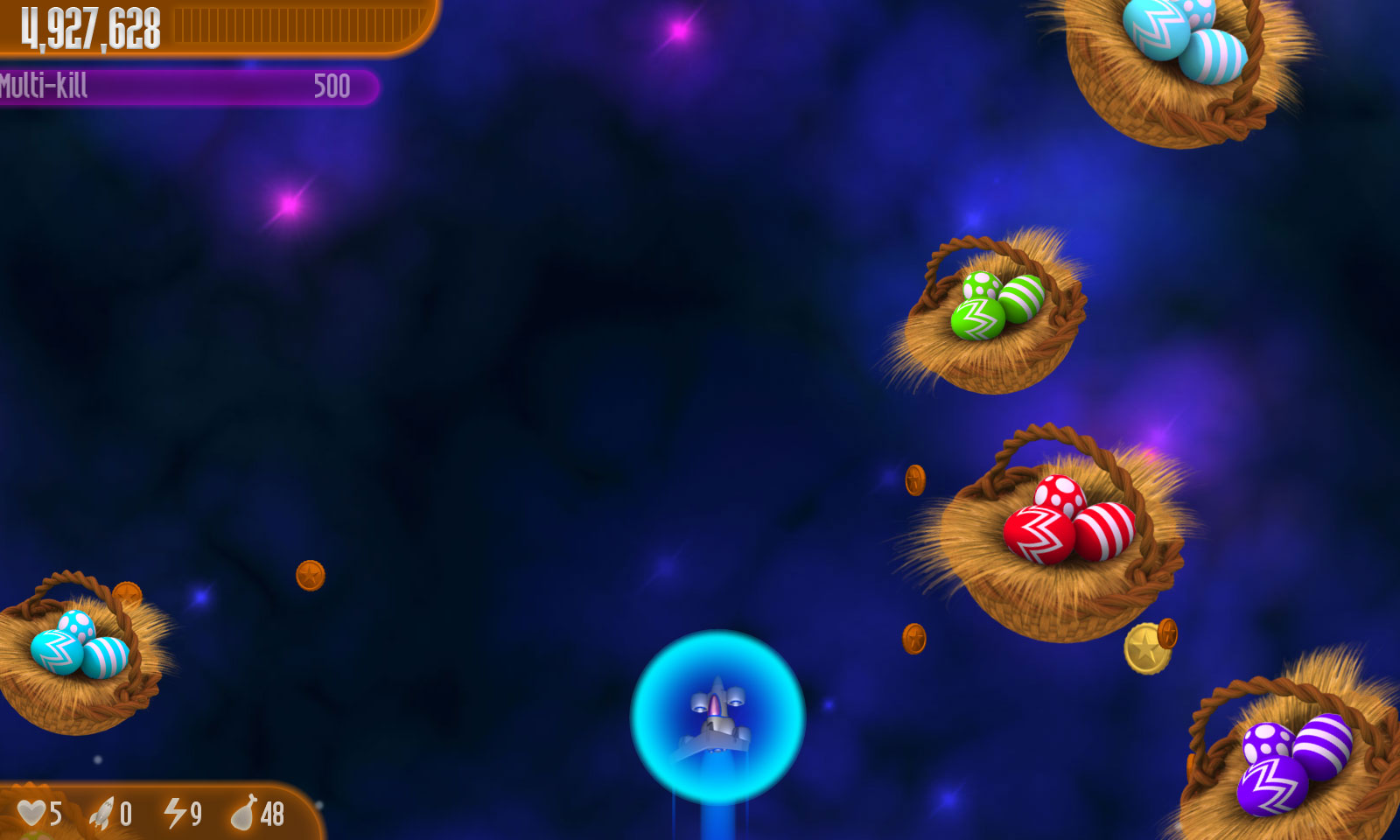
Some archeologists also doubt there was a Celtic invasion because few of their artifacts have been found in Ireland. “You would expect some more affinity with central Europe if we owed the bulk of our ancestry to a movement from central Europe but we don’t.” “This isn’t consistent with the idea of a large invasion here around 500BC,” said Bradley. One contour goes around the edge of the Atlantic, around Wales, Scotland, Ireland and includes Galicia in Spain and the Basque region. The geneticists produced a map of Europe with contours linking places that were genetically similar. “It corresponds exactly with language.” While that could be due to the Plantation of Ulster, Bradley said it was more likely due to something much older because the matches occur throughout the whole of Ireland and not just the north. “Of the Celtic regions, by far the strongest correspondence is with Scotland,” said Bradley. There were some matches in Scandinavia and parts of northern Africa. They found most of the Irish samples matched with those around Britain and the Pyrenees in Spain. They also compiled a database of more than 8,500 individuals from around Europe and analysed them for similarities and matches in the sequences. He and Dan Bradley of TCD took samples of mitochondrial DNA, which is inherited from the mother, from 200 volunteers around Ireland using cheek swabs. McEvoy said: “It seems to be more a cultural spread than actual people coming in wiping out and replacing everyone else.”Ī PhD student in Trinity’s department of genetics, McEvoy will present the findings tomorrow at the Irish Society of Human Genetics annual meeting.

While we may not owe our heritage to the Celts, we are still linked to other populations considered Celtic, such as Scotland and Wales. It’s not due to something that happened 2,500 years ago with Celts.

“They seem to have come up along the coast through western Europe and arrived in Ireland, Scotland and Wales. “The primary genetic legacy of Ireland seems to have come from people from Spain and Portugal after the last ice age,” said McEvoy. When the ice started melting again around 12,000 years ago, people followed it northwards as areas became habitable again. Our legacy is the result of the first people to settle in Ireland around 9,000 years ago.”Ībout 15,000 years ago, ice covered Ireland, Britain and a lot of northern Europe so prehistoric man retreated back into Spain, Italy and Greece, which were still fairly temperate.


“But if that happened we would definitely be more related to people in central Europe, because the Celts were supposed to have come from there. “Some people would go as far as saying there was total replacement of the population (of Ireland) 2,500 years ago,” said Brian McEvoy, one of the authors. After comparing a variety of genetic traits in Irish people with those of thousands of European and Near Eastern inhabitants, the scientists at TCD say there was not. Part of the project’s brief was to “discover whether there was a large incursion by Celtic people about 2,500 years ago” as was widely believed. It was one of four projects funded by the government under the Genetic History of Ireland programme, which aimed to provide a definitive survey of the origins of the ancient peoples of Ireland. The study, part-funded by the National Millennium Committee, has just been published in The American Journal of Human Genetics. The research at Trinity College Dublin (TCD) into the origins of Ireland’s population found no substantial evidence of the Celts in Irish DNA, and concludes they never settled here en masse. THE long-held belief that Ireland’s population is descended from the Celts has been disproved by geneticists, who have concluded that they never invaded Ireland.


 0 kommentar(er)
0 kommentar(er)
